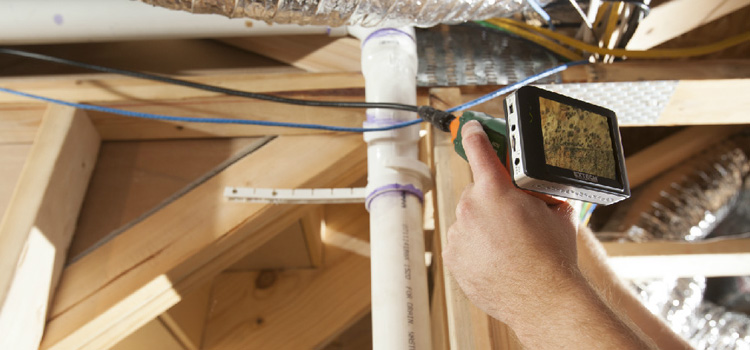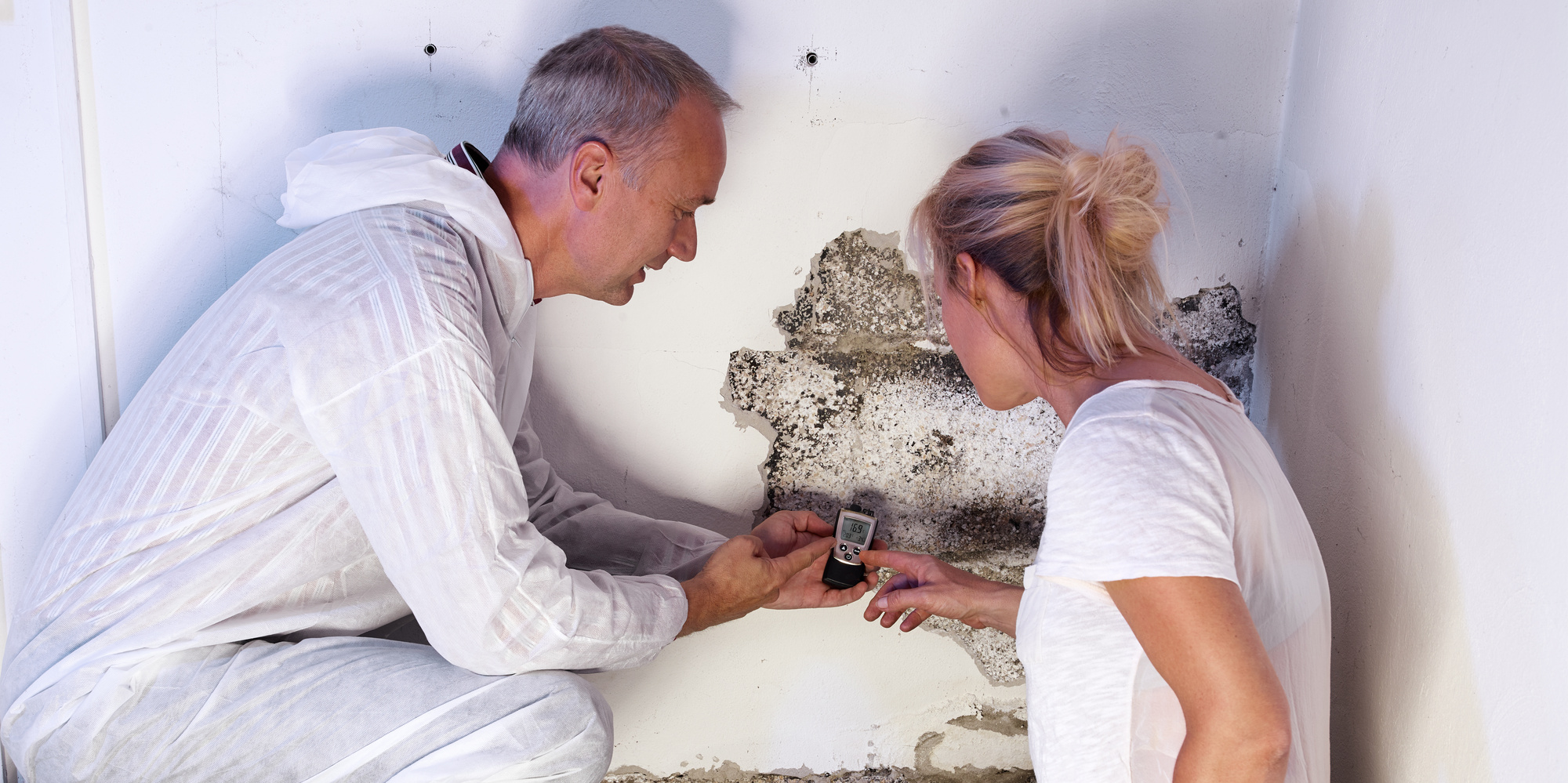Testing Air Quality After Mold Remediation
Testing Air Quality After Mold Remediation
Blog Article
Your Ultimate Guide to Article Mold And Mildew Removal Strategies
In the after-effects of mold and mildew infestation, knowing how to properly eliminate the mold and stop its reoccurrence is extremely important for maintaining a healthy indoor atmosphere. From picking the appropriate cleaning and disinfecting techniques to applying strategies for lasting mold and mildew avoidance, each action in the removal trip plays an important role in making sure an effective end result.
Understanding Post-Mold Remediation Refine
After finishing the mold remediation process, it is essential to recognize the post-mold removal strategies that are essential to make sure a effective and thorough cleanup. When the mold has actually been gotten rid of, the following step includes cleaning and decontaminating the influenced areas to avoid any type of regrowth of mold. This consists of making use of specialized cleansing agents to wipe down surfaces and kill any continuing to be mold and mildew spores. It is important to dry out the area totally to dissuade the growth of mold and mildew in the future (Post Mold remediation cleaning). Correct air flow and dehumidification can assist in this process.
Additionally, carrying out a final inspection post-remediation is crucial to guarantee that all mold and mildew has actually been successfully eradicated. This examination ought to entail a detailed aesthetic check along with possibly air sampling to confirm the absence of mold spores airborne. If the examination discloses any type of remaining mold and mildew, added remediation might be needed. Last but not least, educating owners on safety nets such as regulating wetness levels and quickly resolving any kind of water leaks can assist preserve a mold-free environment.
Efficient Cleaning Up and Decontaminating Approaches

Stopping Future Mold And Mildew Development

Value of Proper Ventilation
Proper ventilation plays a critical role in avoiding moisture accumulation, an essential consider mold development within interior settings. Reliable air flow systems aid remove excess moisture from the air, lowering the possibilities of mold and mildew spores locating the wetness they need to germinate and spread out. Without sufficient ventilation, indoor spaces can come to be a breeding place for mold, causing potential wellness risks and architectural damage.
By ensuring proper air flow, air flow systems can also help in drying wet areas quicker after water damage or flooding incidents, additionally discouraging mold and mildew growth. Post Mold remediation cleaning. In areas like restrooms, attics, cooking areas, and cellars where wetness degrees tend to be greater, setting up and maintaining reliable air flow systems is important in protecting against mold and mildew infestations

Monitoring and Maintenance Tips
Given the essential duty that correct air flow plays in avoiding mold and mildew development, it is essential to develop effective monitoring and upkeep suggestions to guarantee the ongoing performance of air flow systems. Tracking moisture degrees within the property is also important, as high moisture can contribute to mold development. By staying conscientious and positive to the problem of ventilation systems, property owners can effectively mitigate the threat of mold and mildew regrowth and maintain a healthy interior atmosphere.
Conclusion
Finally, post-mold remediation techniques are essential for guaranteeing a tidy and risk-free setting. Comprehending the procedure, applying effective cleansing and disinfecting techniques, protecting against future mold development, preserving correct ventilation, and regular surveillance are all crucial action in the removal process. By adhering to these standards, you can effectively remove mold and mildew and prevent its return, advertising a healthy living or working space for all occupants.
In the results of mold invasion, knowing how to effectively eliminate the mold and Visit Website mildew and prevent its reoccurrence is vital for maintaining a healthy interior setting. As soon as the mold has actually been gotten rid of, the next action includes cleansing and disinfecting the affected locations to protect against any type of regrowth of mold and mildew - what to do after mold remediation. After eliminating noticeable mold development, it is vital to clean up all surface areas in the afflicted location to get rid of any type of remaining mold and mildew spores. To better improve mold avoidance steps, it is essential to address underlying issues that originally led to mold growth.Offered the critical role that correct ventilation plays in preventing mold and mildew growth, it is imperative to develop reliable surveillance and maintenance pointers to a fantastic read guarantee the continued performance of air flow systems
Report this page